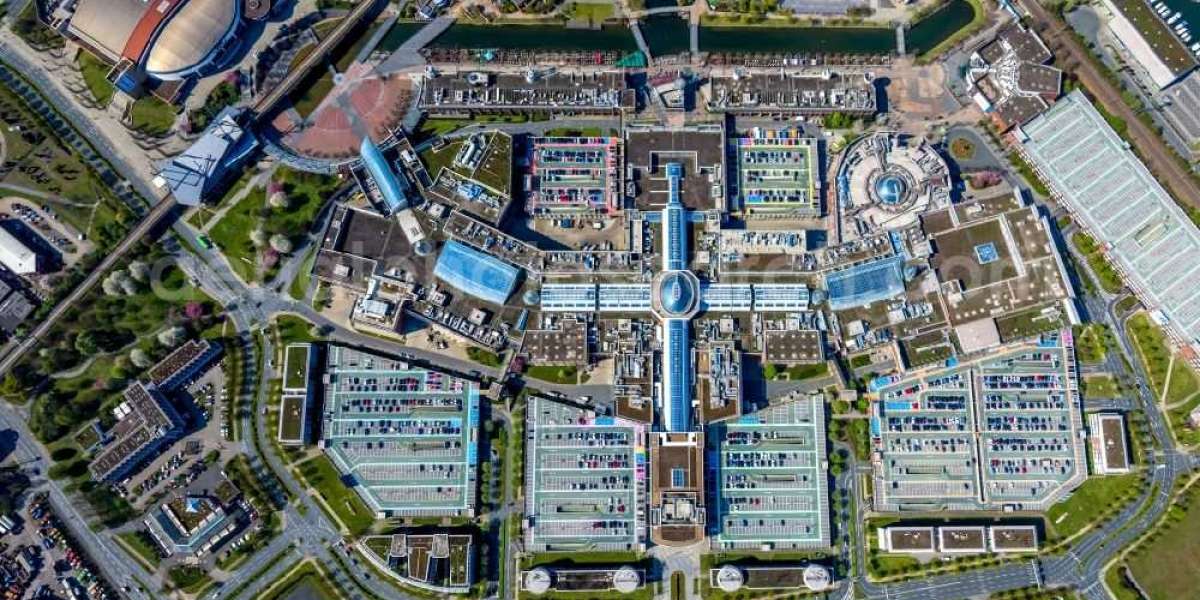As we navigate the ever-changing landscapes of the modern world, our reliance on accurate and dynamic maps has never been greater. Traditional cartography has come a long way, evolving from paper maps to digital platforms. However, the advent of mobile mapping innovations has revolutionized how we interact with maps, unleashing a new era of navigation. In this article, we explore the exciting advancements and possibilities that mobile mapping brings, offering a glimpse into the future of cartography.
The Emergence of Mobile Mapping:
Mobile mapping services have emerged as a transformative force in the cartography landscape. Integrating advanced technologies such as GPS, GIS, and augmented reality, these applications empower users to access dynamic maps right in the palms of their hands. No longer confined to static paper maps, people can now interact with real-time data, location-based intelligence, and personalized navigation.
The Power of Real-Time Data:
One of the most significant advantages of mobile mapping innovations is the ability to access real-time data. As traffic patterns, weather conditions, and points of interest are constantly changing, mobile mapping applications offer live updates, ensuring users are equipped with the most current information for their journeys. This dynamic feature optimizes routes, saving time and fuel while reducing traffic congestion.
Augmented Reality (AR) Mapping:
The integration of augmented reality with mobile mapping is revolutionizing the way we explore the world around us. AR mapping overlays digital information onto the physical environment, offering users an immersive experience. By pointing their smartphones at buildings, streets, or landmarks, users can instantly access relevant details, historical information, and even interactive guides. This technology opens up a new dimension in tourism, education, and urban exploration.
Indoor Mapping:
Mobile mapping innovations are not limited to outdoor navigation alone. Indoor mapping is gaining traction, helping people find their way within vast and complex structures such as airports, shopping malls, and office buildings. Using a combination of Wi-Fi signals, Bluetooth, and beacons, mobile mapping applications create digital floor plans that guide users through indoor spaces, ensuring seamless transitions between outdoor and indoor navigation.
The Role of Artificial Intelligence (AI):
AI plays a vital role in shaping the future of cartography. Mobile mapping applications leverage AI algorithms to analyze vast amounts of data, offering personalized recommendations, predicting traffic patterns, and optimizing routes based on user behavior. AI-powered map assistants are becoming more intuitive, understanding users' preferences and habits to provide a tailored and efficient navigation experience.
Navigation for Autonomous Vehicles:
As the era of autonomous vehicles approaches, mobile mapping innovations become even more critical. These vehicles heavily rely on detailed and up-to-date maps to navigate safely and efficiently. Mobile mapping services provide the backbone for self-driving cars, offering high-definition maps and real-time data for precise decision-making. This synergy between mobile mapping and autonomous vehicles has the potential to transform transportation and revolutionize urban planning.
User-Generated Content and Crowdsourcing:
Mobile mapping applications thrive on user-generated content and crowdsourcing. Users can report road closures, accidents, or other incidents, instantly updating the map's information for the benefit of the community. Additionally, users can contribute photos, reviews, and ratings, enriching the map's database with valuable local knowledge. This collaborative approach ensures that mobile maps remain accurate, community-driven, and constantly evolving.
Conclusion:
The future of cartography is undeniably intertwined with mobile mapping innovations. From real-time data and augmented reality to indoor mapping and AI-powered assistants, these advancements are reshaping how we navigate and explore the world. Mobile mapping is not only making our lives more convenient but also paving the way for smart cities, efficient transportation, and a deeper understanding of our surroundings.
As technology continues to advance, we can expect mobile mapping to reach new heights, offering even more sophisticated features and enhancing our connection to the world around us. As we embrace this promising future, let us acknowledge the profound impact of mobile mapping on our daily lives and celebrate the journey of cartography into the digital era.




